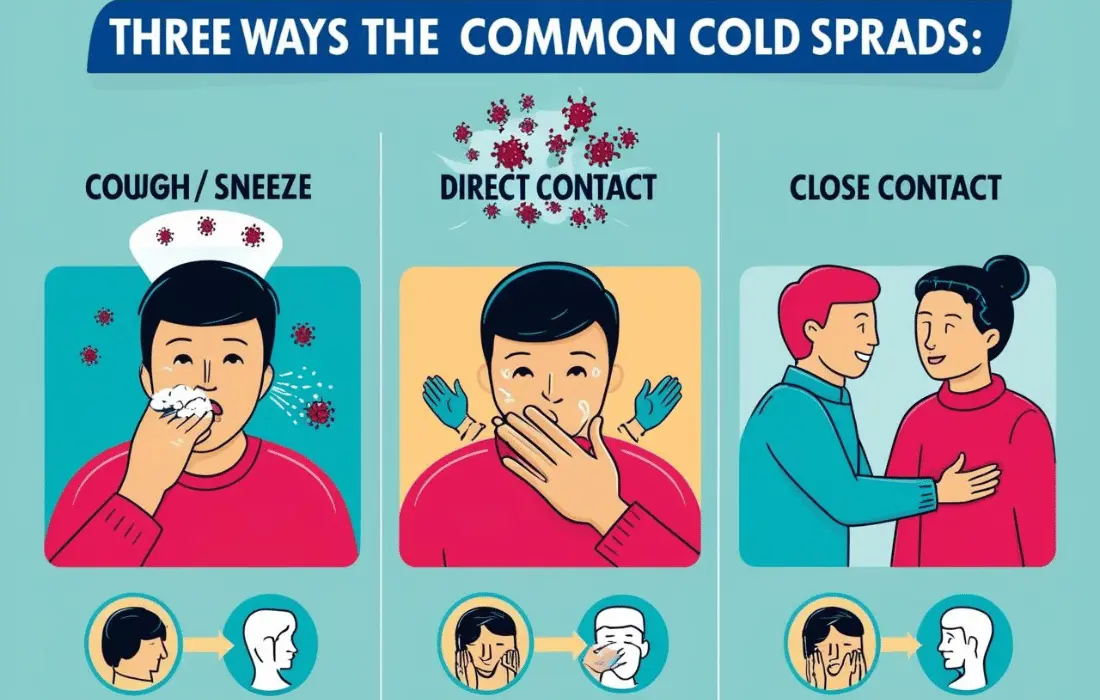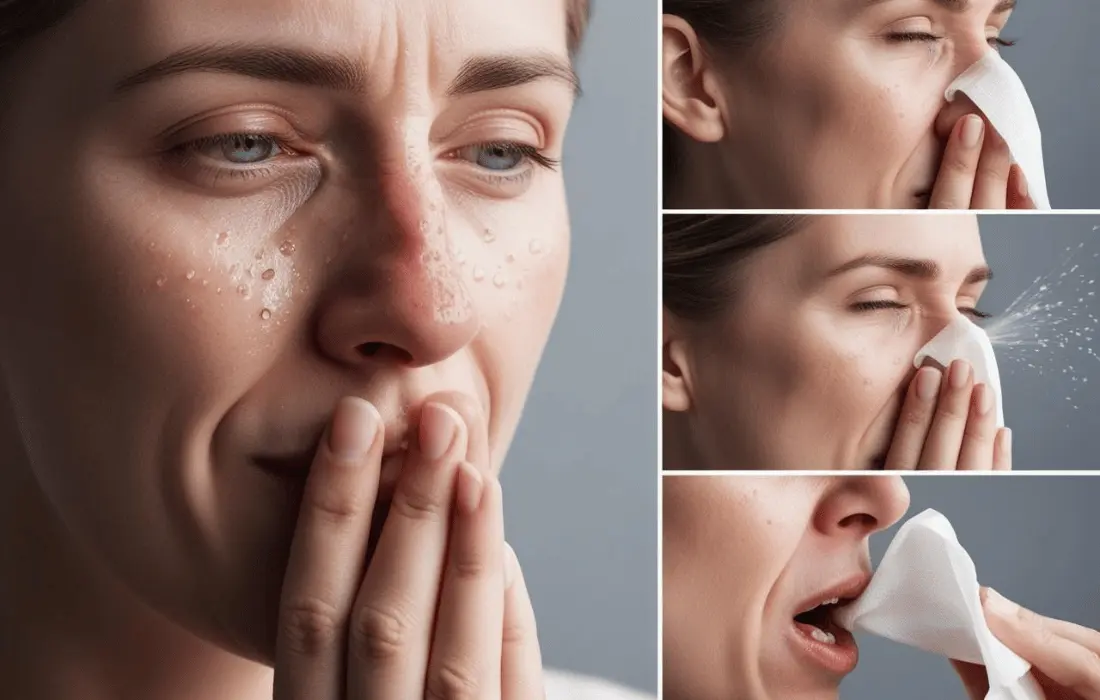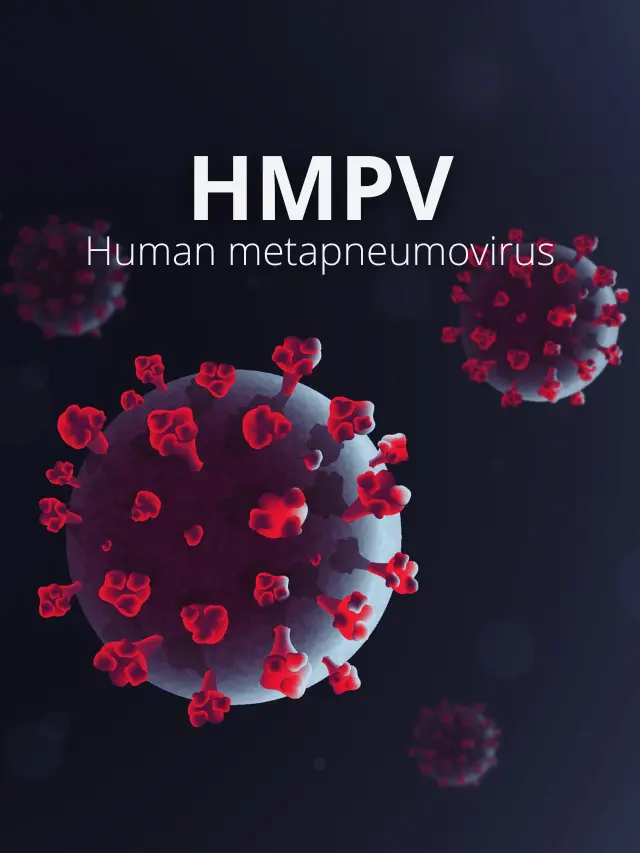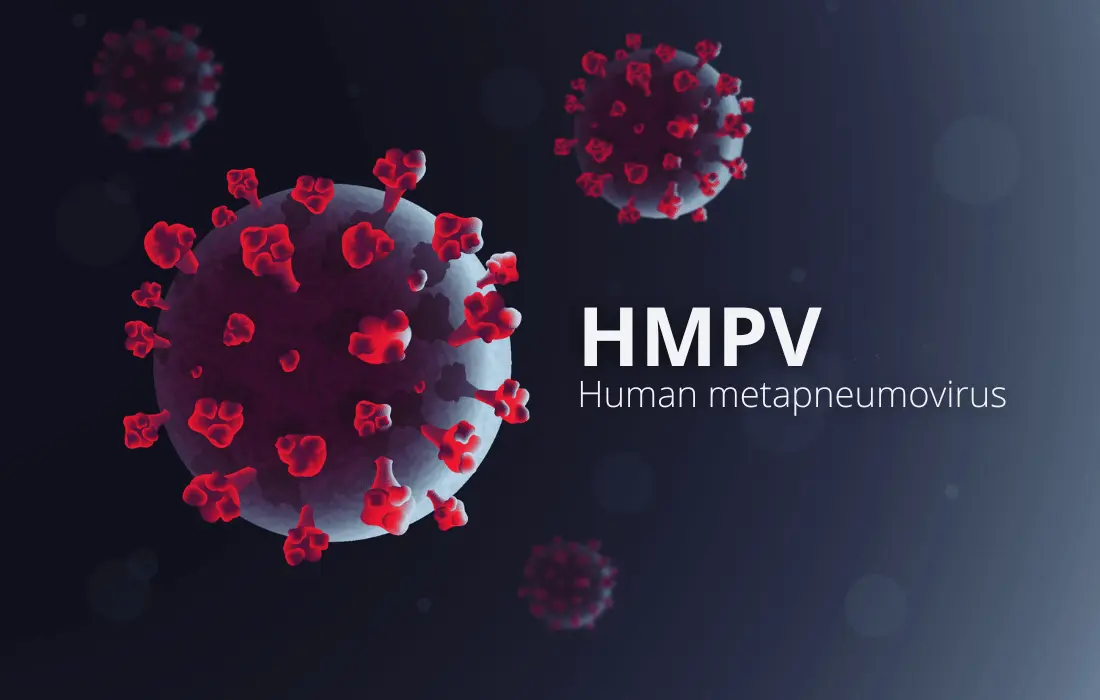The common cold is a viral infection that affects the upper respiratory system, particularly the nose and throat. It is one of the most prevalent illnesses worldwide and is caused by a variety of viruses, with rhinoviruses being the most common culprit. Despite being generally mild, the common cold can lead to discomfort and occasional complications, especially in young children, the elderly, or individuals with weakened immune systems, impacting their overall health.
Causes of the common cold
The common cold is caused by several viruses, with “rhinoviruses” being responsible for 30-50% of cases. Other viruses that can cause cold-like symptoms include:
1. Rhinoviruses
The most common cause of colds, rhinoviruses are highly contagious and spread easily through the air or by touching contaminated surfaces.
2. Coronaviruses
Different from the novel coronaviruses like SARS-CoV-2, seasonal coronaviruses can also cause cold symptoms.
3. Respiratory Syncytial Virus (RSV)
RSV primarily affects infants and young children but can also cause cold-like symptoms in adults.
4. Adenoviruses
These viruses can lead to a range of illnesses, including the common cold, and are known for causing more severe respiratory issues in some cases.
How is the Common Cold Spread?

The common cold is highly contagious and spreads in several ways:
1. Airborne Transmission
When an infected person sneezes, coughs, or talks, tiny droplets containing the virus are released into the air, which can then be inhaled by others.
2. Direct Contact
Shaking hands or touching surfaces contaminated with the virus (e.g., doorknobs, phones) and then touching the face can spread the virus.
3. Close Contact
Close proximity to an infected person, such as hugging or kissing, increases the likelihood of transmission.
Symptoms of the Common Cold

Cold symptoms can vary but typically develop within 1-3 days after exposure to the virus. Common symptoms include:
1. Nasal Symptoms
Runny or Stuffy Nose: Often the first symptom of a cold.
Sneezing: Frequent sneezing as the body tries to expel the virus.
2. Throat Symptoms
Sore Throat: A scratchy or sore feeling in the throat, often accompanied by a dry cough.
Coughing: Persistent dry or productive cough can follow the sore throat.
3. General Symptoms
Mild Fatigue: Feeling tired or fatigued is common, but it usually doesn’t interfere significantly with daily activities.
Low-Grade Fever: Some individuals may develop a mild fever, particularly children.
Body Aches: Muscle soreness or mild aches can occur but are generally mild.
4. Eye Irritation
Some individuals may experience watery or red eyes, although this is more common with viral conjunctivitis.
How to Treat the Common Cold
There is no cure for the common cold, as antibiotics are ineffective against viruses. However, treatments focus on relieving symptoms and supporting the body’s natural healing process.
1. Rest and Hydration
Getting plenty of rest and drinking fluids such as water, herbal teas, and broths helps keep the body hydrated and supports the immune system.
2. Over-the-Counter Medications
Decongestants: Medications like pseudoephedrine can reduce nasal congestion.
Pain Relievers: Acetaminophen or ibuprofen can relieve fever, headaches, and body aches.
Antihistamines: These may help reduce sneezing and runny nose.
3. Home Remedies
Saltwater Gargle: Gargling with warm salt water can soothe a sore throat.
Steam Inhalation: Breathing in steam from a hot shower or a bowl of hot water can help alleviate nasal congestion.
Honey and Lemon: A mixture of honey and lemon in warm water can ease throat irritation.
Preventing the Common Cold
While it’s difficult to prevent the common cold entirely, there are several measures that can reduce the risk of infection.
1. Good Hygiene
Frequent Handwashing: Wash hands thoroughly with soap and water for at least 20 seconds, especially after coughing, sneezing, or touching shared surfaces.
Use of Hand Sanitizer: If soap and water aren’t available, use a hand sanitizer with at least 60% alcohol.
2. Avoiding Close Contact
Stay away from people who are visibly sick or showing cold symptoms. If you are sick, avoid close contact with others.
3. Boosting Immunity
Healthy Diet: Eating a balanced diet rich in fruits, vegetables, and whole grains helps maintain a strong immune system.
Adequate Sleep: Ensuring enough sleep each night supports immune function.
Regular Exercise: Moderate physical activity can boost the immune system and help fight off infections.
When to See a doctor ?
For most people, the common cold resolves on its own within 7-10 days without the need for medical intervention. However, it’s important to see a doctor if:
1. Symptoms Persist or Worsen
If cold symptoms worsen after several days or last more than two weeks, it could indicate a secondary bacterial infection like a sinus infection or pneumonia
2. Severe Symptoms
If you experience severe symptoms such as a high fever, difficulty breathing, or chest pain, seek medical attention immediately.
3. Vulnerable Populations
Infants, the elderly, and individuals with weakened immune systems should see a doctor if they develop cold symptoms, as they are at higher risk for complications.
Conclusion
The common cold is a mild illness for most people, but it can be uncomfortable and lead to missed work or school days. While there is no cure, simple preventive measures, supportive treatments, and good hygiene can reduce the likelihood of catching a cold and alleviate symptoms for those who do. Always be mindful of others when you’re sick, as colds are highly contagious.
Stay healthy with expert advice from Dr. Santosh Kumar Saini! Follow Content Utility for practical tips on preventing colds, boosting immunity, and managing everyday health issues. Get valuable insights and essential precautions to keep you and your loved ones protected year-round!























